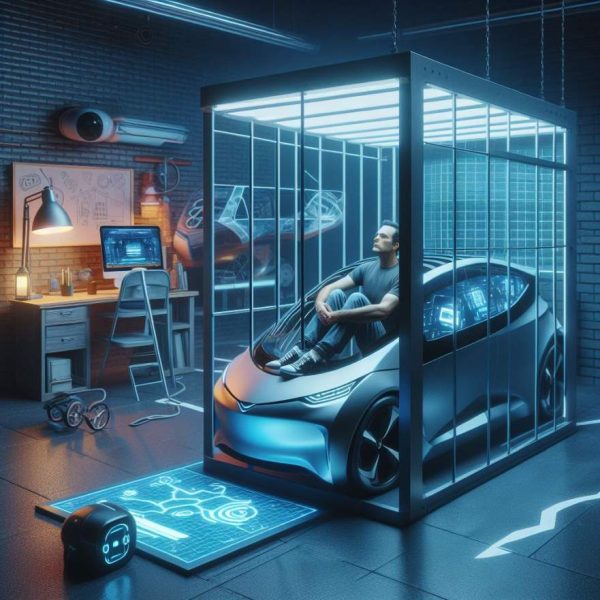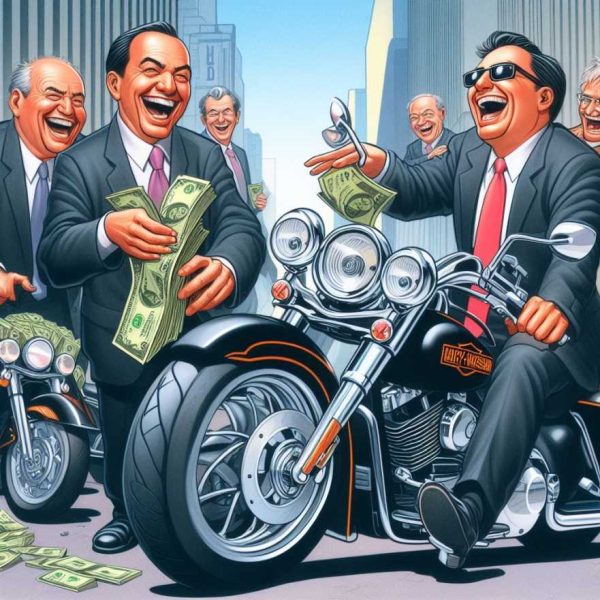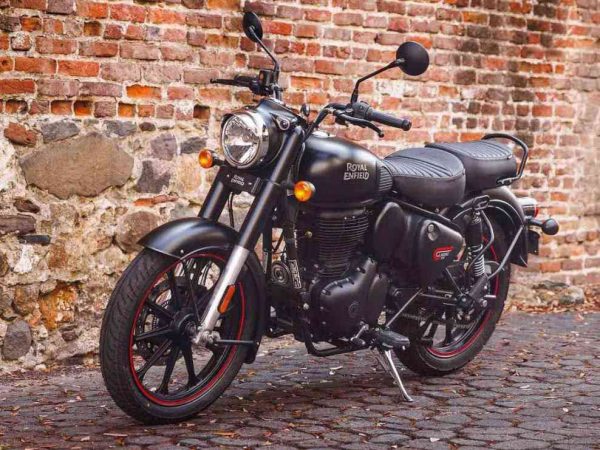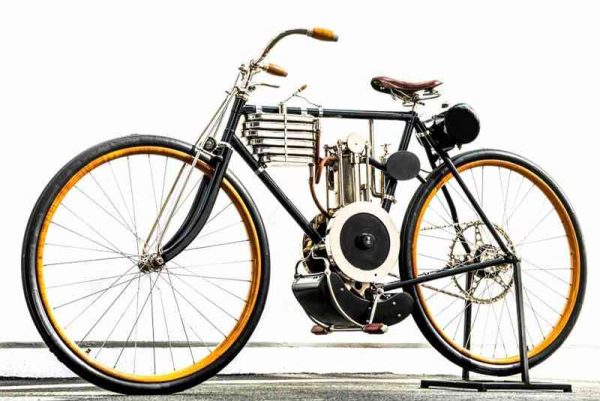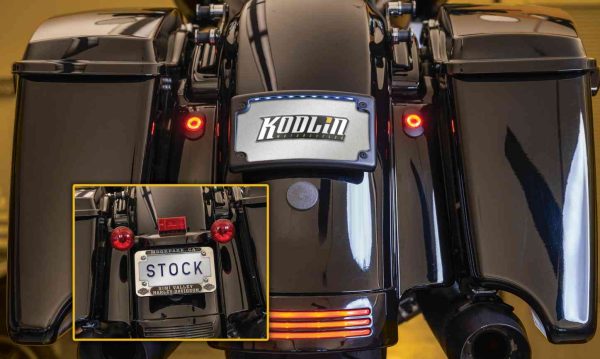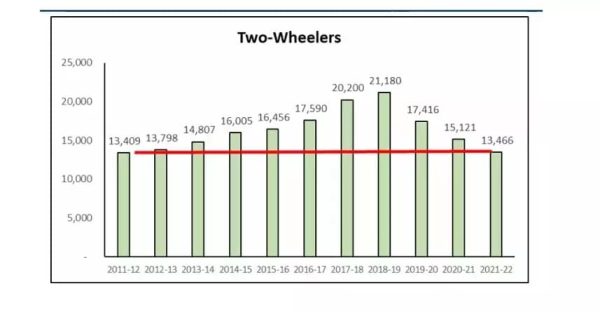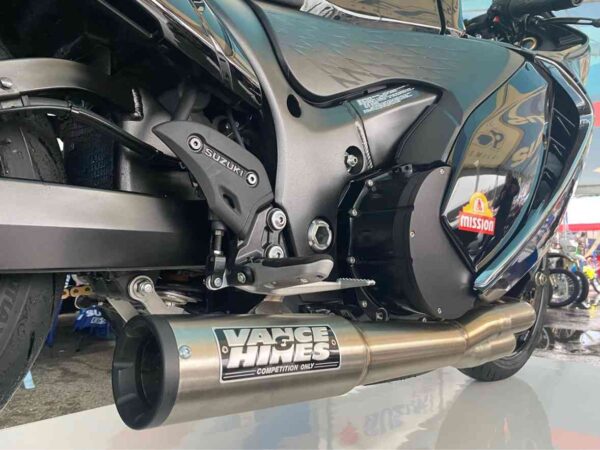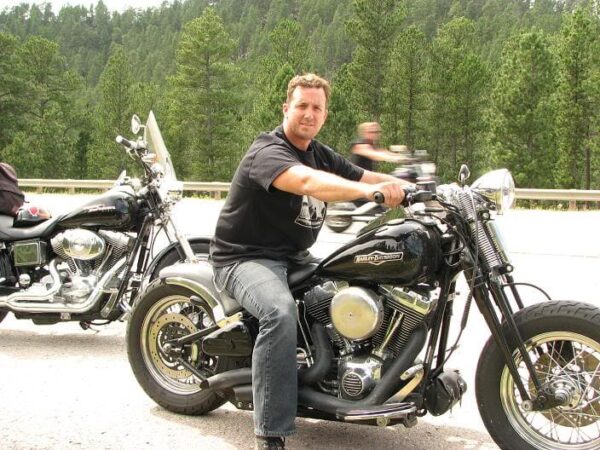BMW’s CEO Says Electric Motorcycles Aren’t Ready
BMW’s CEO Says Electric Motorcycles Aren’t Ready to Compete With Gas Ones “Not now, maybe later.” BMW Motorrad’s new CEO Markus Flasch, who recently took over from Markus Schramm has shelved the company’s full-size EV superbike, the Vision DC Roadster, as well as made some interesting comments about the future of electric motorcycles at BMW at the premiere of the R 20 Concept at Ville d’Este. “There’s a logical and an emotional side of the answer,” Flasch says, adding, “The logic side is when we looked at the facts and figures of the [Vision DC Roadster], it was pretty mature in its development. But it was just not competitive with something like the M 1000 RR by far.” “And then we looked at the way the business is going, as well as competitors, we have 77-percent of the total electric bike market [covered] with our CE 04 and CE 02 electric scooters. So why would I invest BMW’s money to build a motorbike to sneak into the remaining 23 percent?,” the CEO said, furthering, “There’s just no point in it. Not now, maybe later.” Flasch went even further, adding, “And then the emotional part is if you talk to riders, I did not find anyone who said ‘I would spend 30,000 Euros on an electric motorbike to go around the lake or up the mountain pass.’ No one. And for sure, nobody would say ‘I’m traveling to the North Cape through Africa.’” “Motorcycling is so much about freedom and independence that there is no point right now [for an EV].” That’s a bold and blunt statement from the CEO of one of the world’s foremost automotive company. While Toyota big boss got “CANCELLED” by Media and Wall Street investors for speaking the truth about Electric Vehicles and their futility, the […]
BMW’s CEO Says Electric Motorcycles Aren’t Ready Read More »


